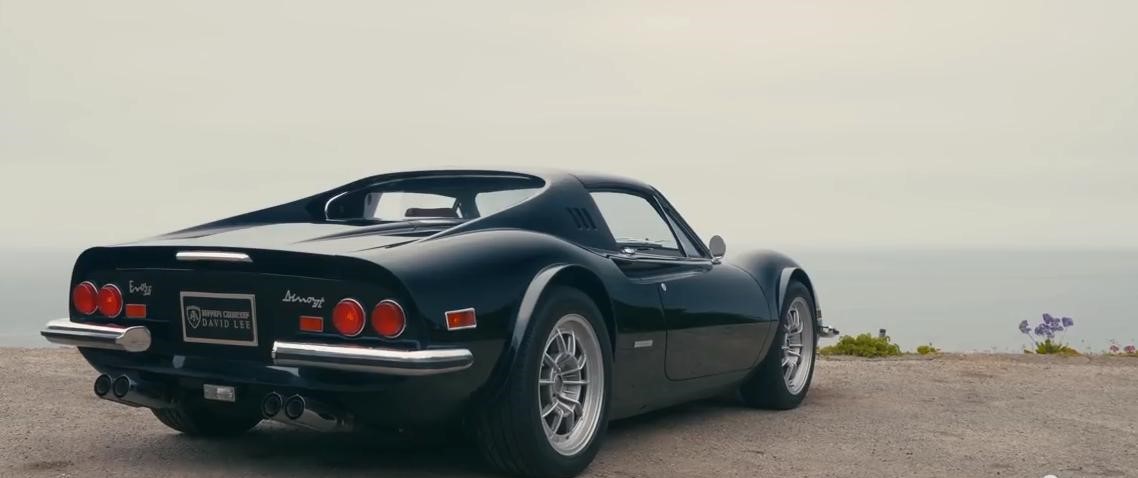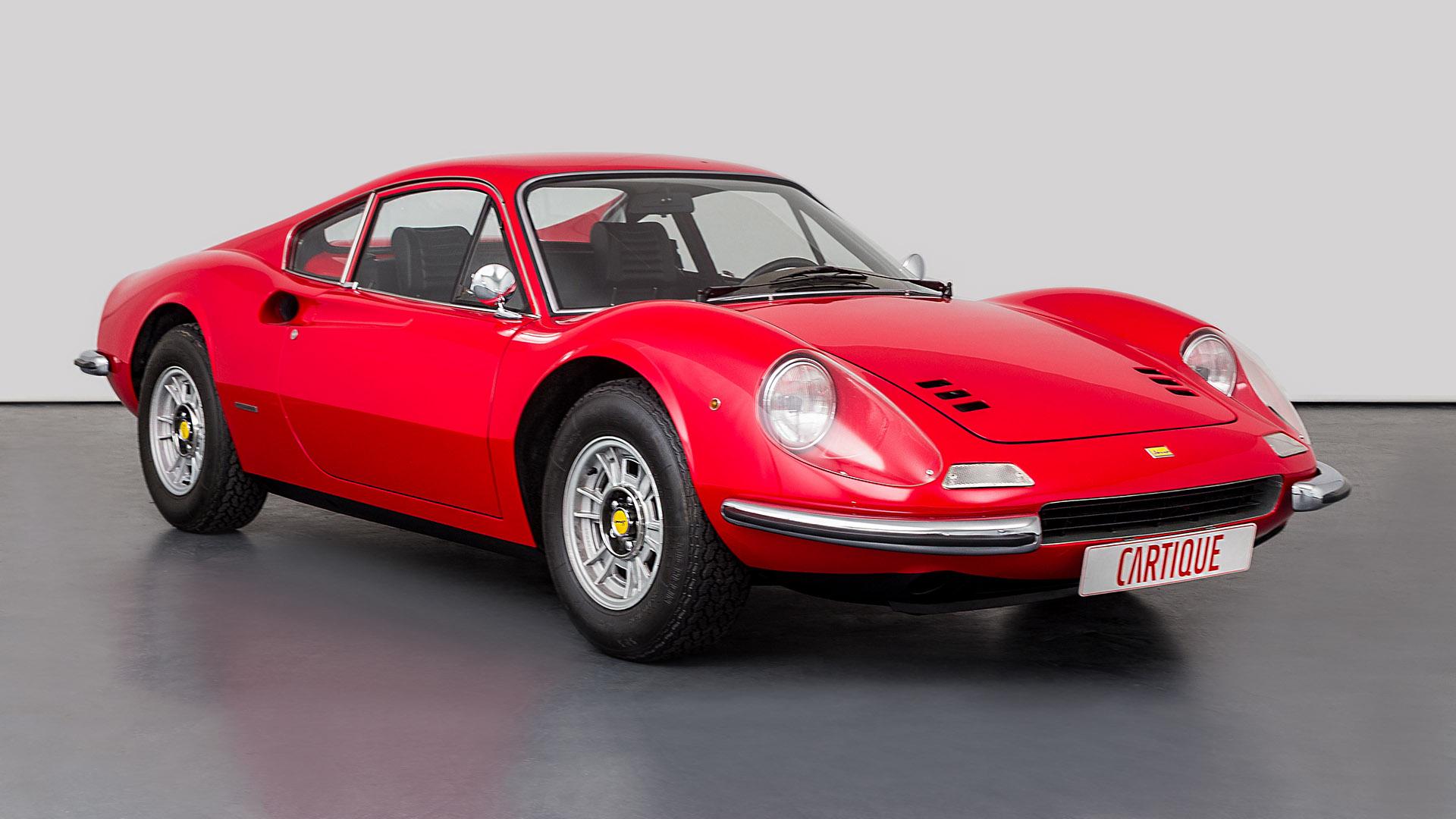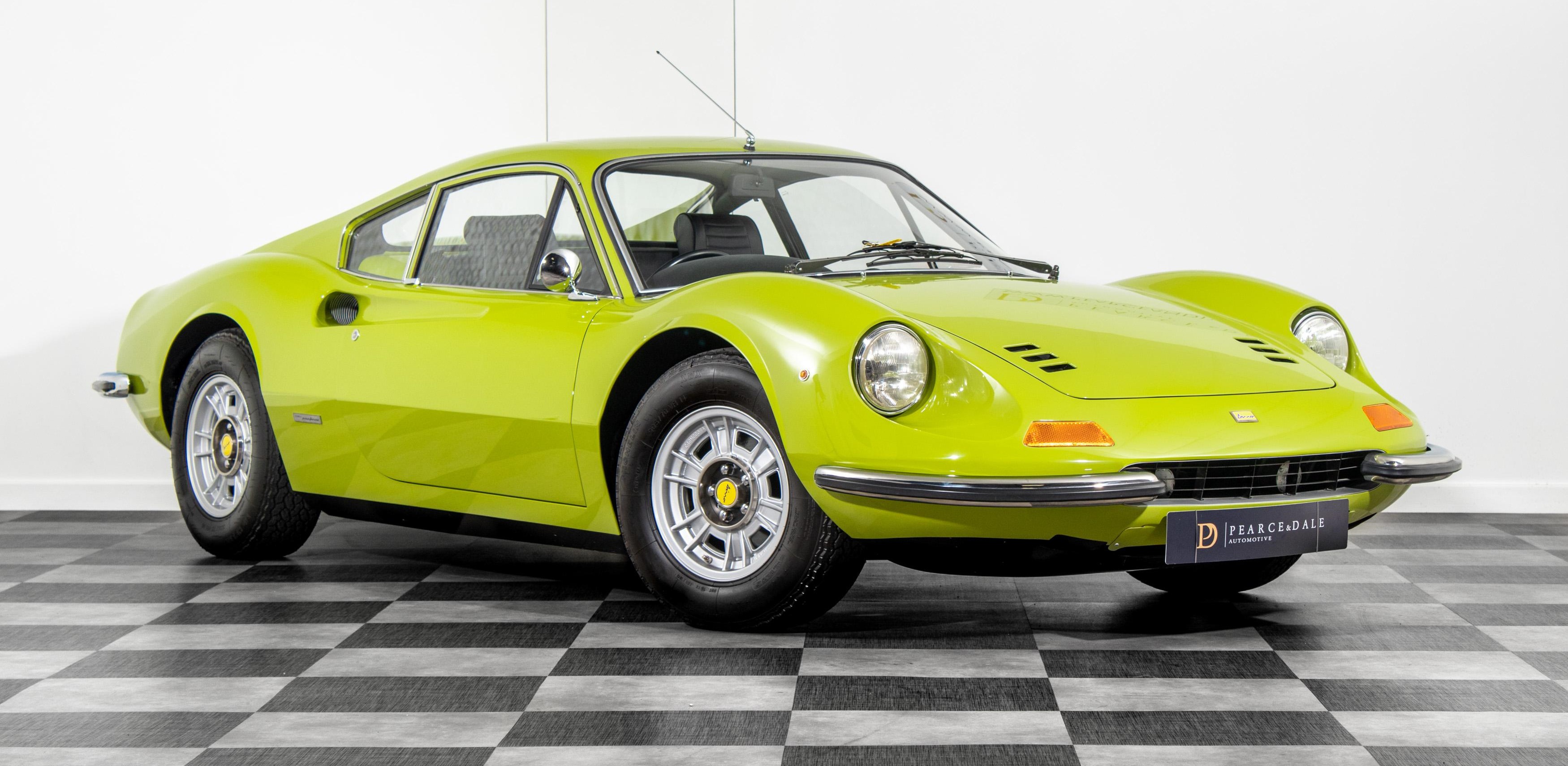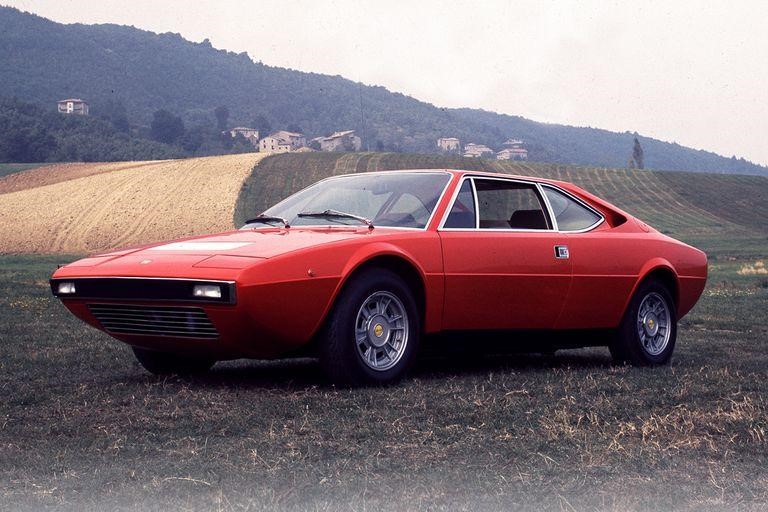None Ferrari Dino
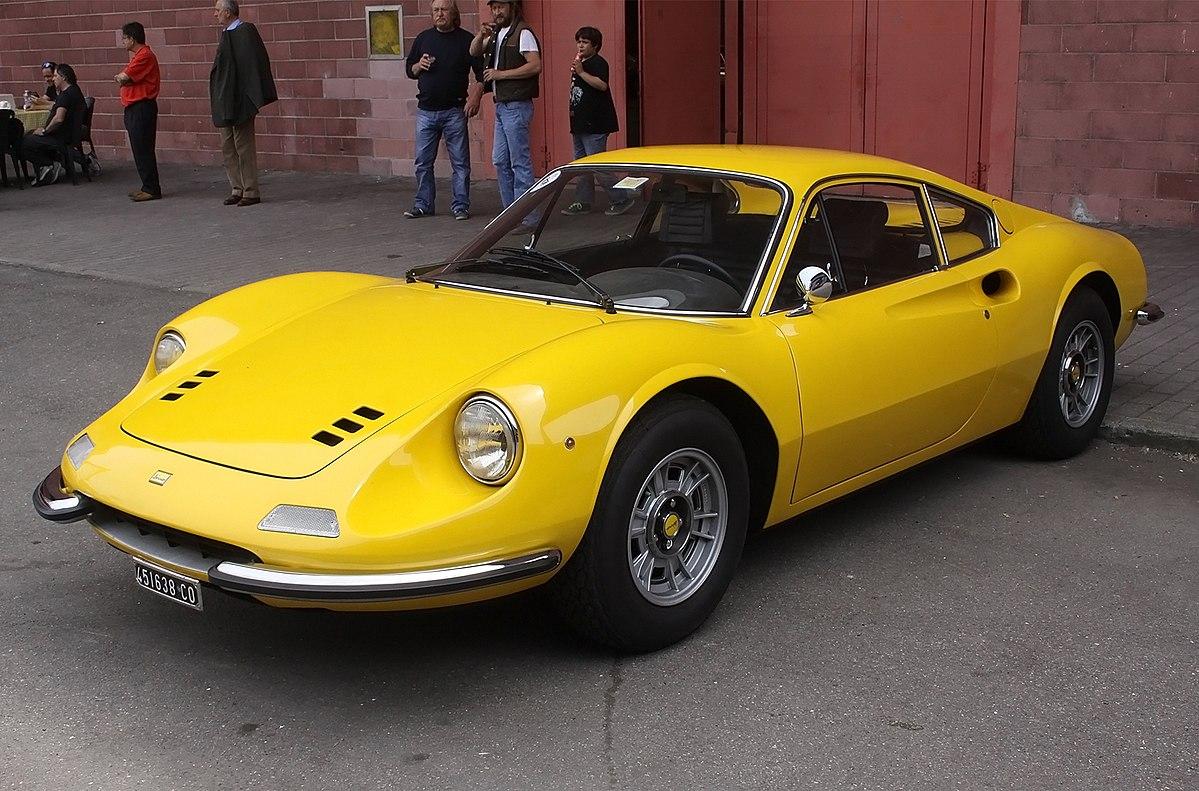
The descriptions of the Classic Cars in the Directory were partly generated or supplemented with the help of artificial intelligence (AI). The content may occasionally not always be entirely accurate or factually correct despite careful checking.
The Ferrari Dino is an iconic sports car that has captivated enthusiasts and collectors alike since its debut in the late 1960s. A mid-engine vehicle produced by Ferrari from 1968 to 1976, the Dino was named after the founder's son, Alfredo "Dino" Ferrari, who died at a young age due to muscular dystrophy. The Dino was designed to be a more accessible sports car, with a smaller engine and a lower price point than other models in the Ferrari lineup. Although the Dino was not originally badged as a Ferrari, it was marketed under the Ferrari brand in later years.
One of the most notable technical features of the Ferrari Dino is its mid-engine design. Unlike traditional front-engine sports cars, where the engine is located in the front of the vehicle, a mid-engine design places the engine in the middle of the car, between the driver and the rear axle. This configuration allows for better weight distribution, which can improve handling and performance. The Dino was powered by a 2.4-liter V6 engine, which was small but mighty. The V6 configuration allowed the engine to be more compact, which was ideal for the mid-engine layout. Despite its size, the engine produced an impressive 190 horsepower at 8,000 rpm, which gave the Dino a top speed of over 140 mph.
The Dino was also equipped with a five-speed manual transmission, which was standard for most sports cars of the era. The transmission was mounted transversely, or side-to-side, which allowed for a lower center of gravity and more precise shifting. The Dino also had disc brakes on all four wheels, which provided excellent stopping power.
Another technical feature that set the Dino apart from other sports cars of the time was its chassis. The Dino was built using a tubular steel frame, which offered superior rigidity and strength compared to traditional stamped steel frames. The chassis was also designed to be lightweight, which helped to offset the weight of the mid-mounted engine. The suspension system consisted of double wishbones at the front and rear, with coil springs and telescopic dampers. This setup provided excellent handling and a firm ride.
Inside the Dino, the focus was on the driver. The seats were placed low and far forward, which gave the driver an excellent view of the road ahead. The instrument panel was simple and clean, with a large tachometer front and center. The steering wheel was small and sporty, with a thin rim wrapped in leather.
In conclusion, the Ferrari Dino was a technical marvel of its time. Its mid-engine layout, V6 engine, and tubular steel chassis set it apart from other sports cars of the era. The Dino's focus on driver experience, with its low seating position and simple but effective instrumentation, only added to its appeal. Even today, the Dino is a highly sought-after collectible, and its technical achievements continue to be admired by car enthusiasts around the world.
Milestones
- 1956: Development of the Dino V6 engine begins under the guidance of Enzo Ferrari's son, Alfredo "Dino" Ferrari - 1965: The first Dino 206 GT is unveiled at the Paris Motor Show, featuring a mid-engine layout and a 2.0-liter V6 engine producing 180 horsepower - 1969: The Dino 246 GT is introduced, featuring a larger 2.4-liter V6 engine producing 195 horsepower and a restyled body by Pininfarina - 1972: The Dino 246 GTS debuts, featuring a targa-style removable roof and a transverse-mounted gearbox - 1973: The final iteration of the Dino, the 308 GT4, is introduced, featuring a 3.0-liter V8 engine and a new Bertone-designed body - 1974: The Dino name is retired and all subsequent mid-engine Ferrari models are badged as "Ferrari" rather than "Dino"Technical
- The Ferrari Dino was produced from 1968 to 1976. - It was named after Enzo Ferrari's son, Alfredo "Dino" Ferrari. - The car was introduced as the Dino 206 GT, with a 2.0-liter V6 engine producing 180 horsepower. - In 1969, the Dino 246 GT was introduced, featuring a 2.4-liter V6 engine producing 195 horsepower. - The Dino 246 GT had a top speed of 146 miles per hour and a 0-60 mph time of 7.0 seconds. - The car featured a mid-engine layout, which helped with weight distribution and handling. - The Dino had a striking design, with a low slung body and swooping lines. - Production of the Dino ended in 1976, with a total of 3,898 units produced. - The Dino has become a sought-after collector's car, with values ranging from $250,000 to over $500,000.